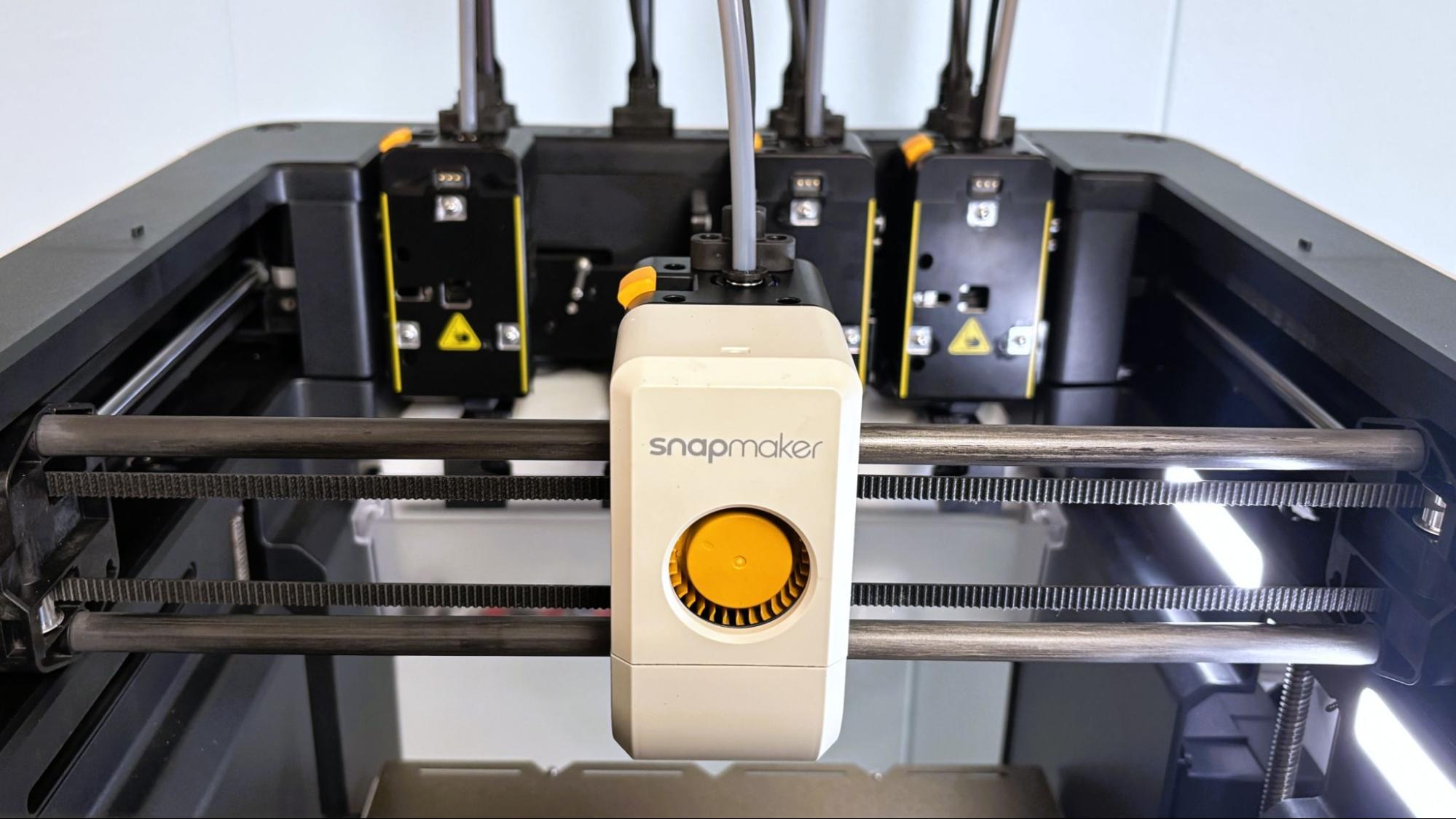
Researchers with the Korea Institute of Science and Technology (KIST) have mass-produced a synthetic material that could have direct applications in future microprocessor designs. A team led by Seung-Cheol Lee et al. has now solved the last obstacle towards mass production of a synthetic compound known as MXene, which enables atomic-level engineering of a material’s electronic properties (and others). The obstacle? The age-old manufacturing issues of Quality Control and yield.
We can’t talk about MXene without knowing that the word doesn’t refer so much to this specific material as it does to a class of materials. MXenesas this class of materials is known, is a two-dimensional compound of atomically thin layers of carbides, nitrides, or carbonitrides. Through a complex etching process – which demands preparing the compounds beforehand – manufacturing can now produce materials engineered at the atomic level.
Synthesizing MXenes requires mixing compounds at an atomic level, leaving them to reorganize themselves and aiding in their reorganization. Reorganization can occur via processes such as sintering, etching, exfoliation (where certain subatomic particles we’re not interested in are raked away from the compound), preparing it for intercalation (the introduction of foreign, positively-charged cations that enhance electrical conductivity), and delamination (where the atomic layers are fractured into more useful and Tetris-like bits and pieces).
The ingredients we choose for this initial mixing phase will determine our material’s final electrical properties, such as lower electrical resistance (particularly interesting for our own purposes of having the fastest and more efficient CPU), through improving ion transfer capabilities and other, more exotic benefits.
Then, MXenes usually undergo a sintering reaction, a process through which they’re either heated up or subjected to such pressure that the compounds rearrange themselves in a useful way for our wants without changing their fundamental properties. For some materials, this point is about as close to liquefaction as possible: it’s balancing-on-a-single-foot precision. Except for these materials, this atomic precision enables the creation of nanosheets for our compound of choice that measure in at just 1 nanometer thick.
The Korean researchers’ MXene manufacturing process is done on a compound derived from the semiconductor silicene (Sc2CF2), Sc2CO2, and another semiconductor in Sc2C(OH)2. These elements (compounds of fundamental particles) have shown interesting electronic and optical properties. These could unlock applications in batteries and supercapacitors, partly by improving the stability and performance of electrodes, electrolytes, and separators, but could also be used as potential materials for future semiconductor manufacturing processes when applied to transistors and other bits.
But one problem with manufacturing 2D, atom-thin slices of compounds arranged at the atomic level is that it’s also exceedingly hard to verify whether the subatomic arrangements are correct: it’s hard to see into something so miniscule. Until now, this difficulty in applying quality control to manufactured MXenes meant that it was simply too slow to verify whether these layers work; as a release on the research led by Seung-Cheol Lee reads that “it takes several days to analyze the molecules on the surface even with a high-performance electron microscope.”
The requirement of several days to inspect a single compound layer would never cut it for mass production. The solution came from physics: by scanning the surface of the nanosheets for the Hall Scattering Factor (through a proprietary algorithm), the researchers can identify whether the nanosheet’s materials fall within one of two possible application fields. Depending on the math, materials with a Hall Factor Coefficient lower than 1 can be applied to “high-performance transistors, high-frequency generators, high-efficiency sensors, and photodetectors”; if it’s higher than 1, ” it can be applied to thermoelectric materials and magnetic sensors.”
The ability to differentiate between both – and doing so by merely applying an algorithm – is the kickstart to mass manufacturing.
“Unlike previous studies that focused on the production and properties of pure MXene, this study is significant in that it provides a new method for surface molecular analysis to easily classify manufactured MXene,” said Seung-Cheol Lee, director of IKIST. “By combining this result with experimental studies, we expect to be able to control the production process of MXene, which will be used to mass produce MXene with uniform quality.”
MXene-class materials open the door to practical, synthetic compounds engineered to deliver something closer to the ideal specifications we’d want our transistors, electrodes, and other design tools to have. It remains to be seen how long we’ll wait for products that leverage this particular mix of compounds, MXene. While the door to quality control and yield verification is now open, it’s one thing to find that capability, and it’s another to invest the amount of resources needed to manufacture it at scale. But if the material really does what it’s supposed to – improve electronics – then we want it sooner rather than later. Moore’s Law seems to need all the ingenuity it can get.





